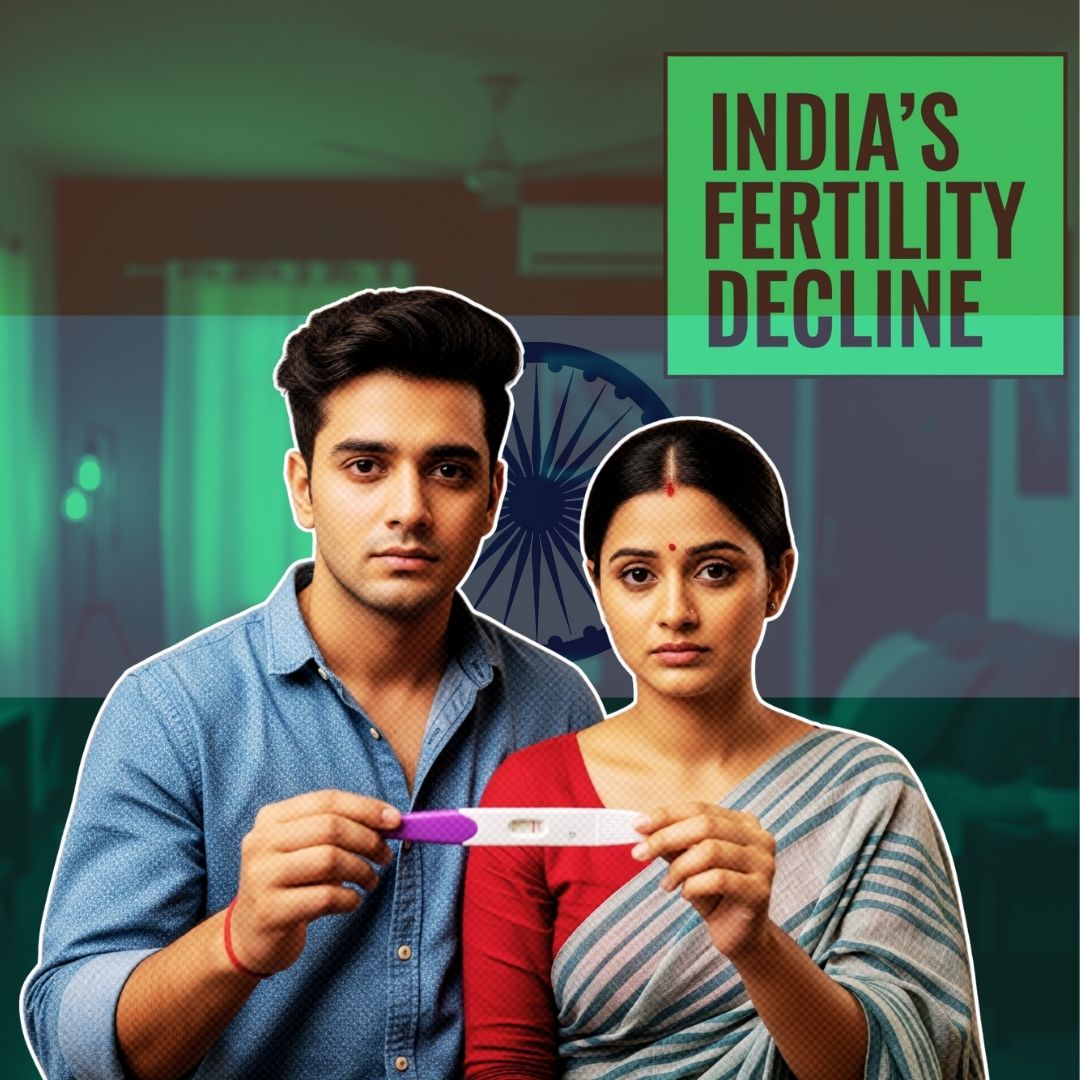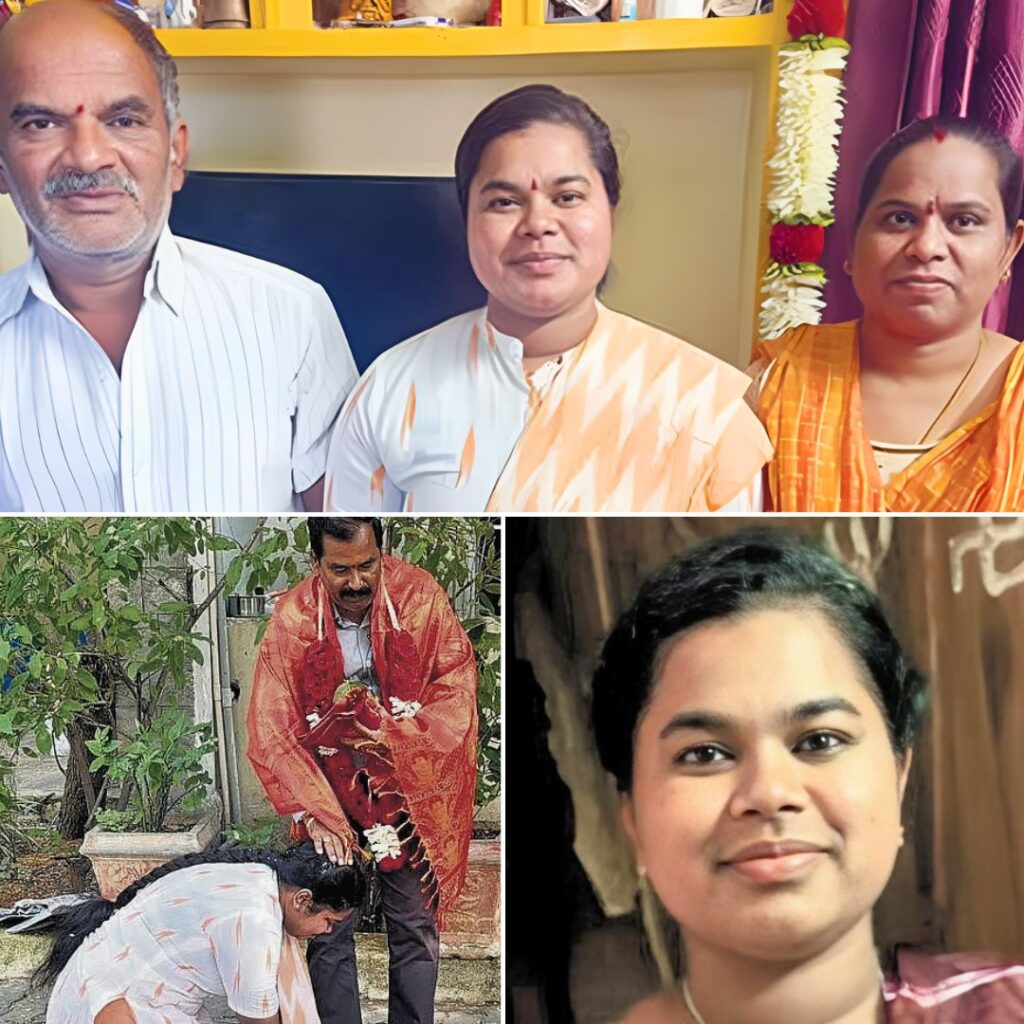India, the world’s most populous country with an estimated 1.46 billion people in 2025, is witnessing a significant demographic shift.
According to the United Nations Population Fund (UNFPA) 2025 State of World Population report, India’s total fertility rate (TFR) has dropped to 1.9 births per woman, falling below the replacement level of 2.1 needed to maintain population size across generations without migration.
This decline signals a long-term transition that will shape India’s population dynamics over the coming decades.
Economic and Social Factors Driving Fertility Decline
A complex mix of economic insecurity and social changes underpins this fertility decline. Nearly 40% of people surveyed in recent studies reported that they are unable to have children primarily due to financial constraints.
Among these, job insecurity (21%) and housing unaffordability (22%) are the top reasons cited. Rising living costs, especially in metropolitan areas, have made starting and raising a family increasingly challenging for many young couples.
In addition to economic factors, health and well-being concerns also play a significant role. About 28% of respondents said they face difficulties conceiving due to poor general health (15%) or infertility issues (13%), with experts noting that infertility is likely underreported due to social stigma.
Furthermore, delayed marriages—common among educated urban populations—contribute to reduced fertility, despite India having one of the highest adolescent fertility rates globally.
Regional Disparities and Demographic Duality
India’s fertility decline is uneven across states and social groups. While states like Delhi, Kerala, and Tamil Nadu have sustained below-replacement fertility rates, others such as Bihar (2.98), Meghalaya (2.9), Uttar Pradesh (2.35), Jharkhand (2.26), and Manipur (2.2) continue to exhibit higher fertility.
This “high fertility and low fertility duality” reflects disparities in economic opportunities, education, healthcare access, and cultural norms.
Despite the fertility decline, India’s young population remains substantial. Approximately 24% of the population is aged 0-14, and 26% falls within the 10-24 age group, presenting a potential demographic dividend if supported by adequate employment and social policies.
Emerging Trends: Work, Family, and Reproductive Choices
The evolving socio-economic landscape is influencing family planning decisions. Many prospective parents are considering remote work and relocation to tier 2 or satellite towns, where living costs are lower and quality of life may be better suited for raising children. For example, earning ₹1 lakh per month in a tier 2 town may afford a more comfortable lifestyle than ₹2 lakh in a metro city.
Women delaying marriage and childbirth for education and career advancement are increasingly aware of the biological implications. As a result, egg freezing and fertility preservation services are gaining acceptance among urban women in their 20s and 30s, reflecting a shift in reproductive planning.
The Real Crisis: Reproductive Autonomy and Choice
The UNFPA report emphasises that the core issue is not simply a falling population but the inability of many individuals to realise their reproductive goals freely and informedly. Nearly one in three adult Indians face unintended pregnancies or unfulfilled desires regarding family size, highlighting gaps in reproductive healthcare, social support, and economic security.
The report calls for enhancing reproductive agency—the ability to make free and informed choices about sex, contraception, and family formation—as the key to addressing India’s demographic challenges. It also points to emerging social realities such as loneliness, shifting relationship patterns, social stigma, and gender norms that influence reproductive decisions.
The Logical Indian’s Perspective
India’s fertility decline is a multifaceted phenomenon reflecting economic pressures, health challenges, and evolving social values. While a lower fertility rate can ease resource strain, it also poses long-term challenges for workforce sustainability and social security systems.
We advocate for policies that empower individuals with economic stability, access to reproductive healthcare, and social support to make informed family choices.
The State of World Population Report 2025 is here!
— UNFPA India (@UNFPAIndia) June 10, 2025
The real population story?
It’s not about too many or too few people — it’s about whether individuals can make free, informed choices about their reproductive lives.
-No need to panic about fertility.
-The real crisis is the… pic.twitter.com/WobeWlVZNe











